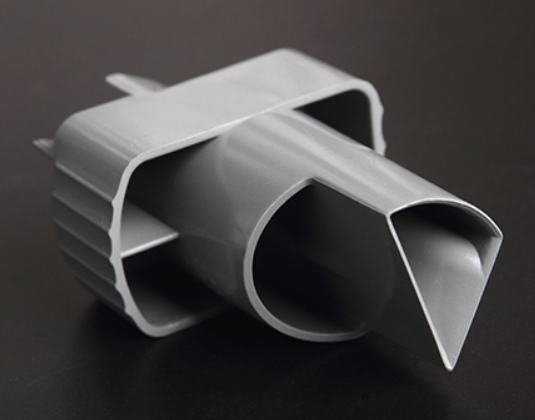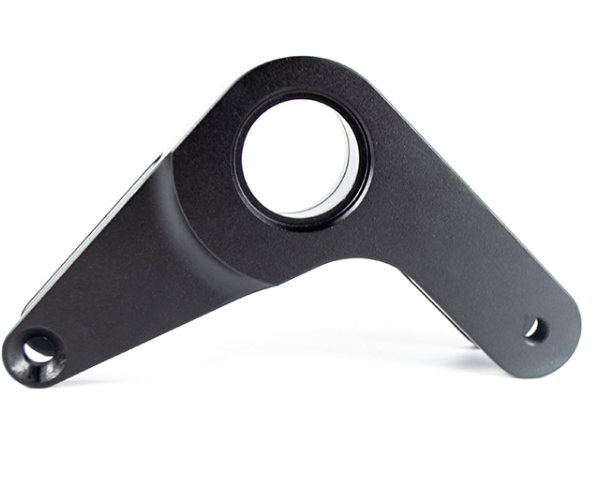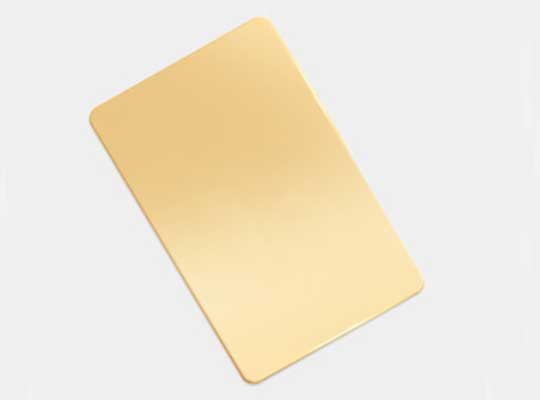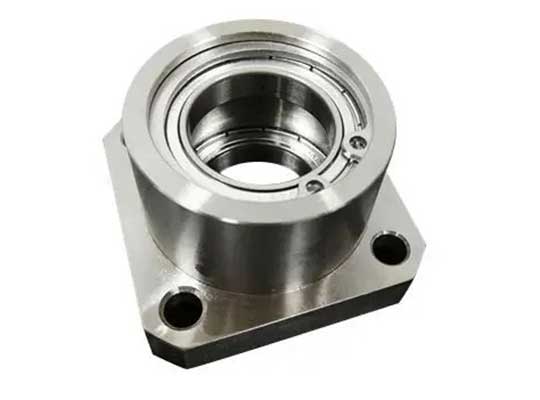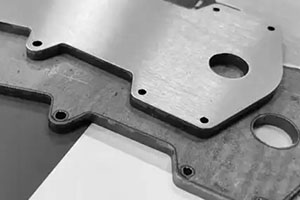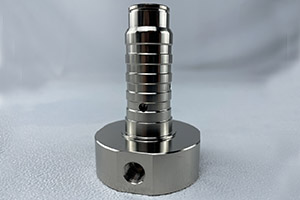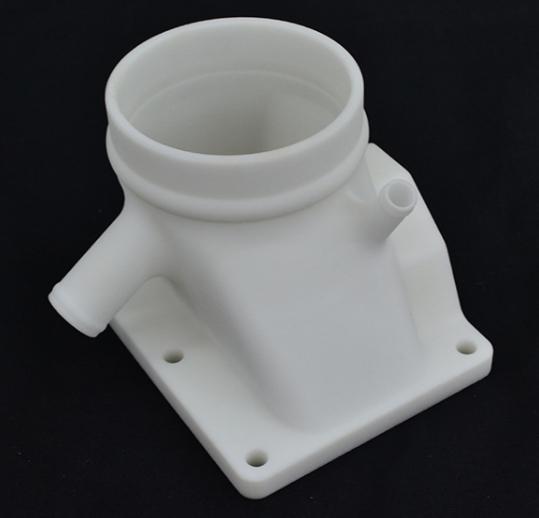If you’re a product designer or manufacturer looking to create accurate 3D printing handboards for new product development, 最初に尋ねる質問の1つはです: “What materials should I use?” Choosing the right material directly affects your handboard’s durability, 外観, and whether it matches your final product’s performance. Let’s break down the most common 3D printing handboard materials, their uses, and how to pick the best one for your project.
Common 3D Printing Handboard Materials & Their Key Details
To make it easy for you to compare, we’ve organized the top materials into a clear table. Each entry includes the material name, suitable 3D printing technology, main advantages, and typical handboard applications.
| 材料タイプ | Suitable 3D Printing Technology | 重要な利点 | Typical Handboard Applications | Average Cost (kgあたり) |
| Engineering Plastics (ABS/PLA) | FDM (融合モデリング) | 低コスト, 印刷しやすい, good impact resistance (腹筋) | Consumer product prototypes (おもちゃ, household goods), structural test parts | \(20 – \)50 |
| Photopolymer Resins | SLA (ステレオリスム造影)/DLP (Digital Light Processing) | 高い詳細, smooth surface finish, high precision | High-precision prototypes (electronic casings, jewelry models), visual display handboards | \(80 – \)150 |
| Rubber-Like Materials | FDM/SLS (選択的レーザー焼結) | フレキシブル, elastic, good grip | Handboards for soft parts (グリップ, ガスケット, shoe soles) | \(60 – \)120 |
| Metal Materials (Titanium Alloy/Stainless Steel) | SLM (Selective Laser Melting)/SLS | 高強度, 耐食性, 耐熱性 | Industrial part prototypes (自動車コンポーネント, aerospace parts), functional test handboards | \(300 – \)800 |
| Ceramic Materials | SLA/SLS | High temperature resistance, high precision, aesthetic appeal | Artistic handboards, dental implant models, high-temperature test parts | \(150 – \)300 |
| Composite Materials (Carbon Fiber-Reinforced Plastic) | FDM/SLS | 軽量, 高強度, rigid | High-performance handboards (ドローンフレーム, sports equipment prototypes) | \(100 – \)250 |
| Food Materials (Sugar/Chocolate) | Specialized Food 3D Printers | Edible, customizable shapes | Promotional handboards (food product samples, decorative cake toppers) | \(50 – \)100 |
| Gypsum Materials (Colored) | Binder Jetting | Vibrant colors, 形を簡単にします, 低コスト | Visual display handboards (sculptures, architectural models) | \(30 – \)80 |
| Artificial Bone Powder | SLS/SLM | Biocompatible, matches bone structure | Medical handboards (orthopedic implant prototypes, 手術ガイド) | \(500 – \)1,200 |
How to Choose the Right Material for Your 3D Printing Handboard
Picking a material isn’t just about cost—it needs to fit your handboard’s purpose. ここにあります 4 key factors to consider, with simple questions to guide your decision:
1. What’s the Handboard’s Main Use?
- If it’s for visual display (例えば。, showing a product’s design to clients), 行ってください photopolymer resins (滑らかな表面) または colored gypsum (vibrant colors).
- If it’s for 機能テスト (例えば。, checking if a part can withstand pressure), choose engineering plastics (腹筋) または metal materials (高強度).
- If it’s for medical or biocompatible needs (例えば。, orthopedic prototypes), artificial bone powder is the top choice.
2. What’s Your Budget?
- Budget-friendly options (under $50/kg): プラ (a type of engineering plastic) and gypsum. Great for simple visual handboards.
- Mid-range options (\(50 – \)200/kg): 腹筋, rubber-like materials, and composite materials. Balanced for most testing and display needs.
- High-end options (over $200/kg): 金属 (titanium alloy) and artificial bone powder. For industrial or medical-grade handboards.
3. Do You Need Special Properties?
- Flexibility: Rubber-like materials are the only choice for handboards that need to bend (例えば。, a prototype of a phone case with a soft edge).
- 耐熱性: Ceramic materials or stainless steel work best if your handboard will be exposed to high temperatures (例えば。, a prototype of a kitchen appliance part).
- 軽量 & 強さ: Composite materials like carbon fiber-reinforced plastic are perfect for handboards that need to be strong but not heavy (例えば。, a drone frame prototype).
Yigu Technology’s View on 3D Printing Handboard Materials
Yiguテクノロジーで, we believe that the right 3D printing handboard material is the bridge between design ideas and market-ready products. Based on our work with hundreds of manufacturing clients, engineering plastics (ABS/PLA) そして photopolymer resins are the most versatile choices for most new product 研发 (r&d) projects—they balance cost, ease of printing, and performance. For industrial clients needing high-strength handboards, we recommend carbon fiber composites or stainless steel, as they replicate the durability of final parts. We also see growing demand for biocompatible materials like artificial bone powder in medical R&d, and we’re committed to offering these options to support innovative healthcare solutions.
よくある質問
Q1: Can I use PLA for functional test handboards?
PLA is great for visual handboards, but it’s less durable than ABS. For light functional tests (例えば。, checking fit), it works. But for tests involving impact or heat, ABS or metal is better.
Q2: Are rubber-like materials suitable for long-term handboard use?
Rubber-like materials can degrade slightly over time (especially if exposed to sunlight), so they’re best for short-term handboards (例えば。, 1-3 months of testing). For longer use, consider adding a protective coating.
Q3: How much does a metal 3D printing handboard cost compared to a plastic one?
On average, a metal handboard costs 5-10 times more than a plastic one. 例えば, a small plastic handboard (100g) might cost \(5-\)10, while a similar metal handboard could cost \(50-\)100. The exact price depends on the metal type (titanium is more expensive than stainless steel) and handboard size.
